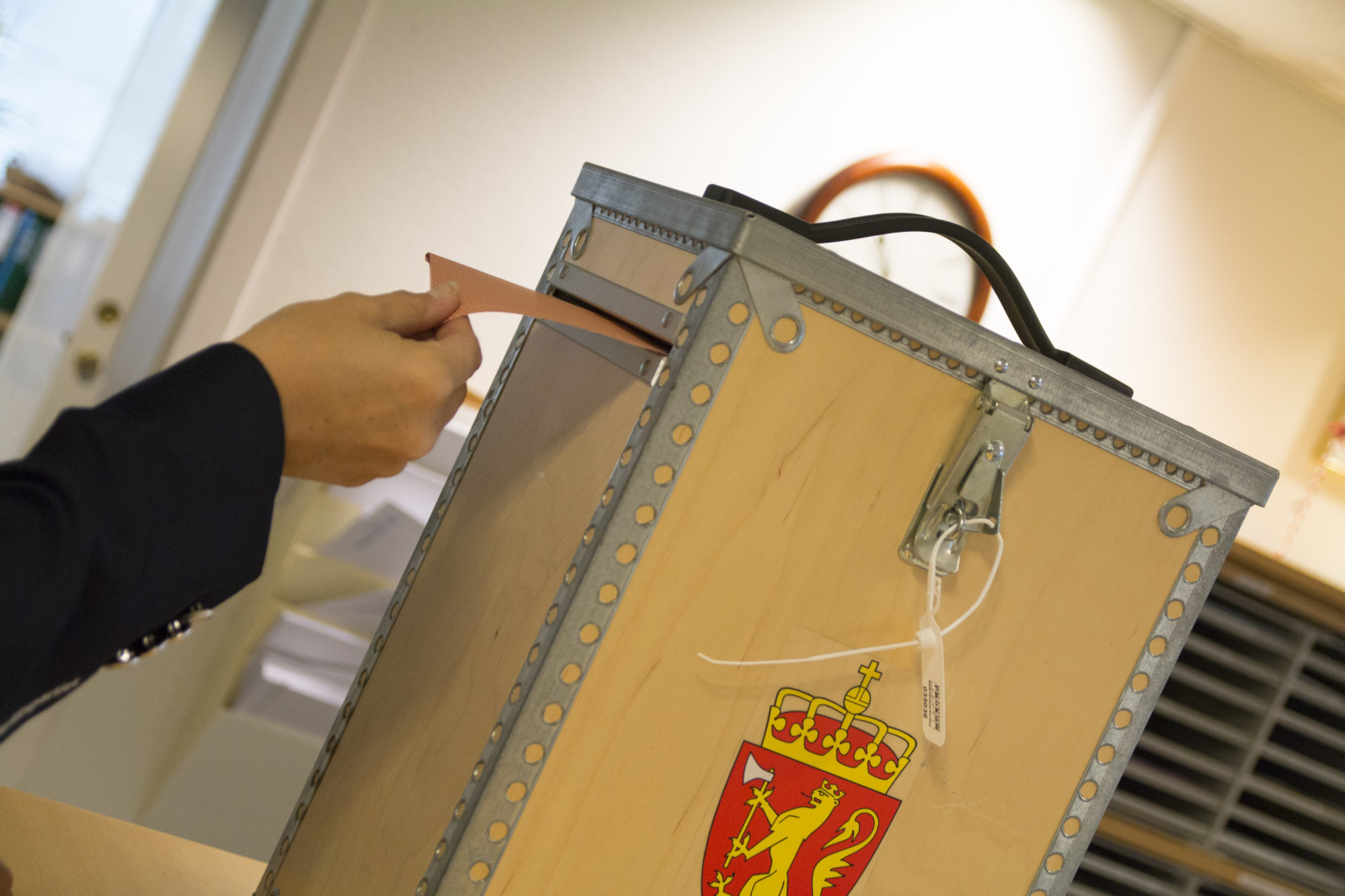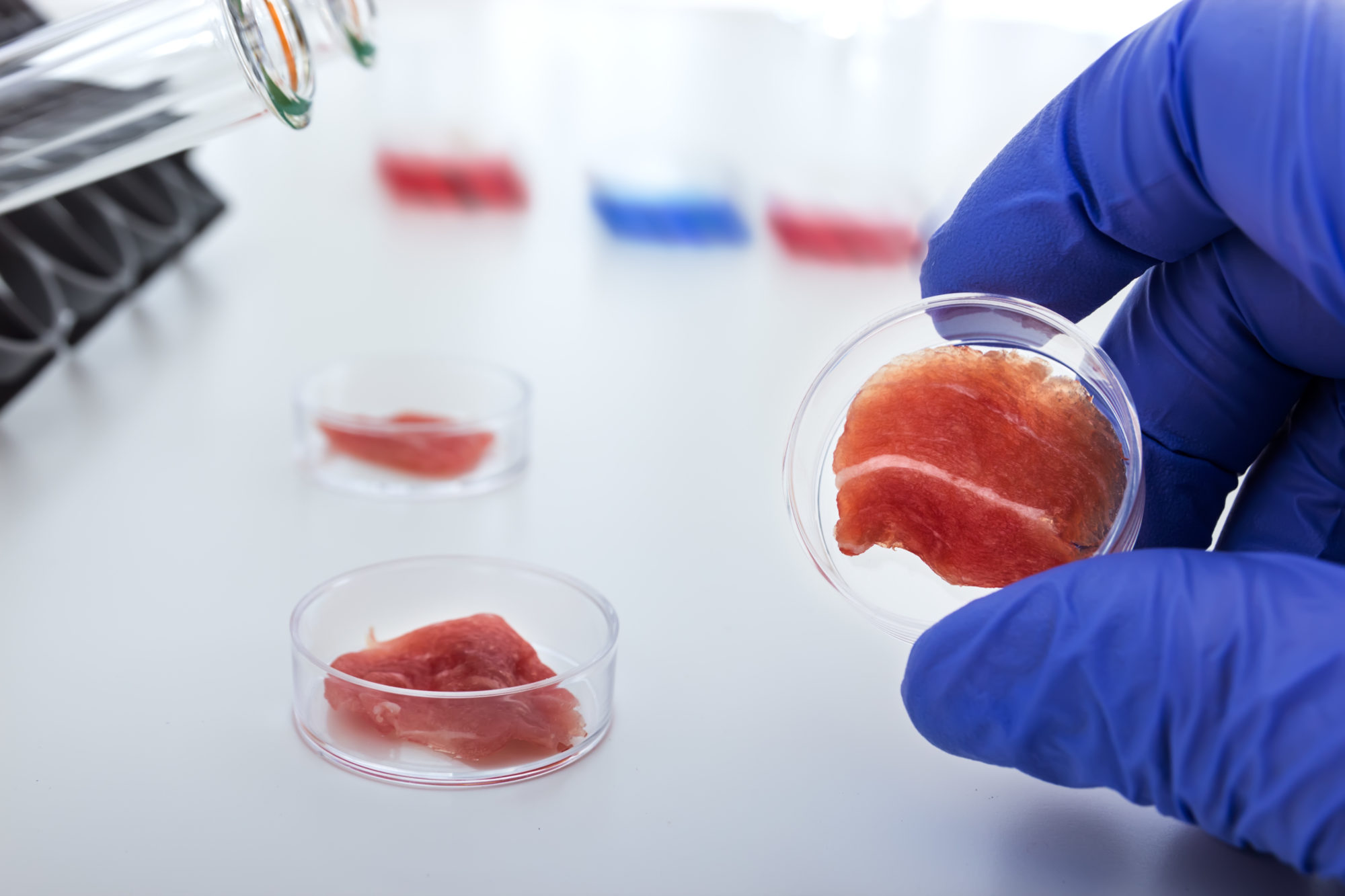Hearing of citizens in municipality amalgamation

The project will look at the impact of the various forms of citizen participation had on the decisions made in the municipality amalgamation reform. The project “Citizen Participation at municipal amalgamation” is called for and funded by the Local government organization (KS). The project objective is to obtain more knowledge about how citizen participation in municipality amalgamation reform has been planned and implemented. The project aims to give municipalities more knowledge about how they should carry out citizen participation.
Project details
External project coordinator
Subject areas
Project period
23/01/2017 - 31/05/2017
Collaboration partners
Nordland Research Institute
Financing
KS
News
Artificial meat as a mirror of society
Such products, it is said, will be able to provide future consumers with affordable and satisfactory alternatives to…
Publications
- Article
2025
- Article
2025
- Note
2023
- Article
2021
- Article
2020
Contact us
Would you like to get in touch with us?
Fill in the form below and we will answer you as soon as possible.




